culture, traditional japanese clothing, yukata, yukata vs. kimono
Yukata vs. Kimono: The Best Summer Guide
James Lau
Posted on May 10, 2023
Share:
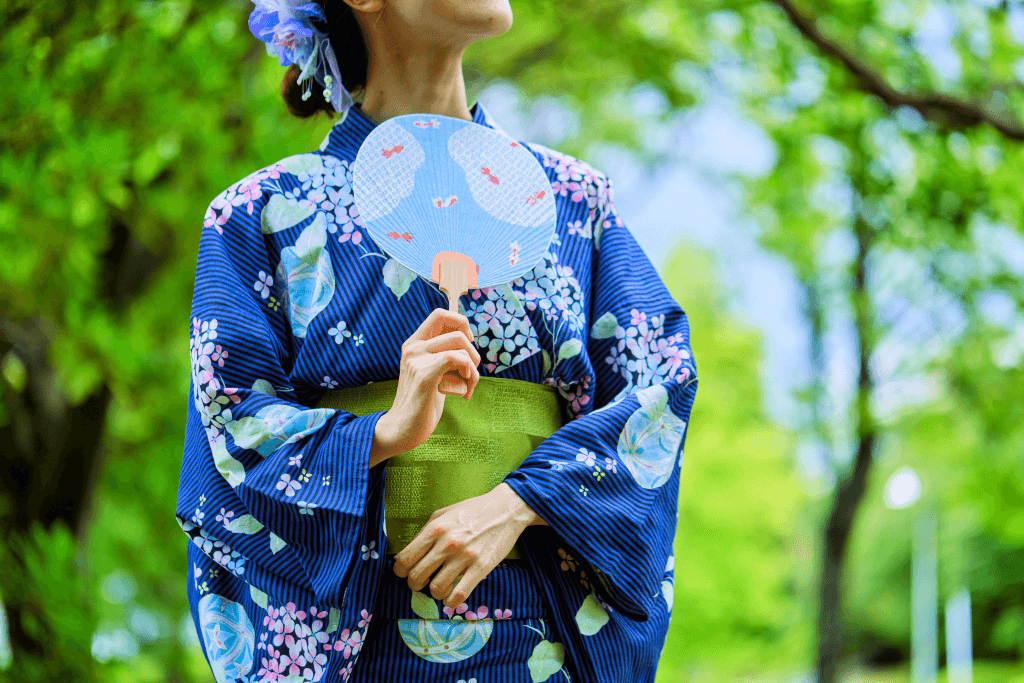
Japanese culture is full of unique traditions and customs, and one of its most iconic and recognizable aspects is the traditional clothing worn by Japanese people. Two of the most famous examples of Japanese clothing are the yukata and the kimono. Let’s explore the differences between these two garments, their history, and the current trends surrounding them!
What are Yukata and Kimono?
If you’re new to traditional Japanese clothing, it’s essential to understand the differences between yukata and kimono. People wear yukata in the summer and use light, breathable cotton or linen. They have bold, colorful patterns and use an obi or sash at the waist. Yukata are comfortable and casual, often worn at outdoor events like festivals and fireworks displays.

On the other hand, kimonos are more formal garments worn on special occasions such as weddings, tea ceremonies, and coming-of-age ceremonies. They are made of luxurious fabrics such as silk or satin and feature intricate designs with symbolic meanings. Kimonos are usually more subdued in color than yukata, and their obi are often more elaborate.
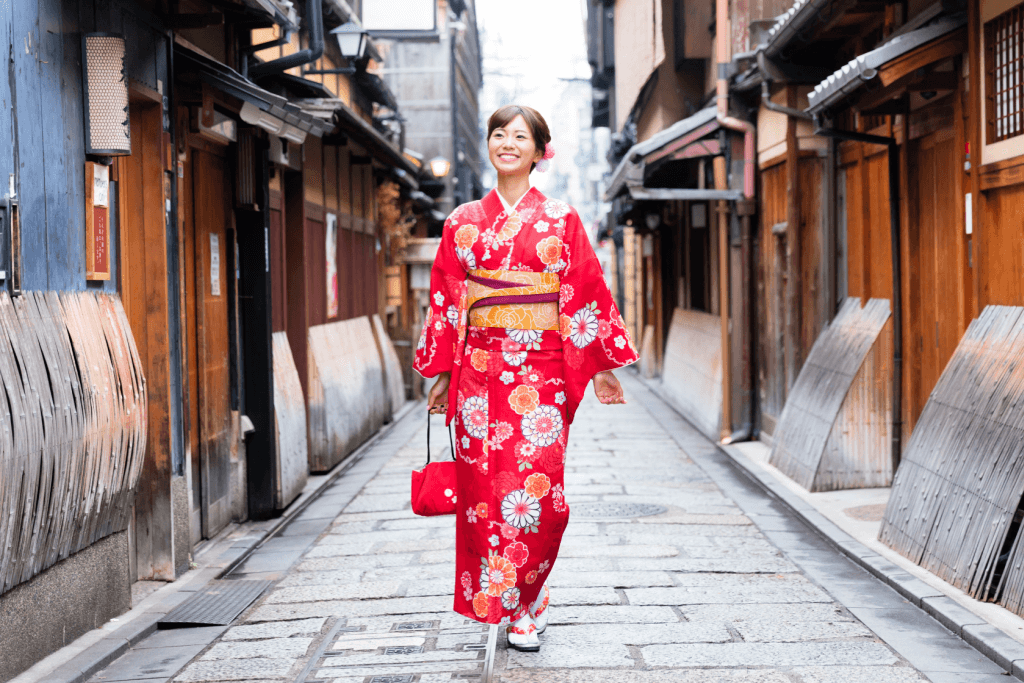
While yukata and kimono are traditional Japanese garments, they differ in style, materials, and usage. Yukata are perfect for casual summer events, while kimonos are ideal for more formal occasions. Understanding these differences can help you choose the fitting garment for the right occasion.
History
Both yukata and kimono have a long history that dates back hundreds of years. The kimono originated in the Heian period (794-1185) when members of the imperial court and aristocracy wore it. Over time, the design and style of the kimono evolved to reflect changes in fashion and social norms. During the Edo period (1603-1868), the kimono became more accessible to the general public as everyday clothing.
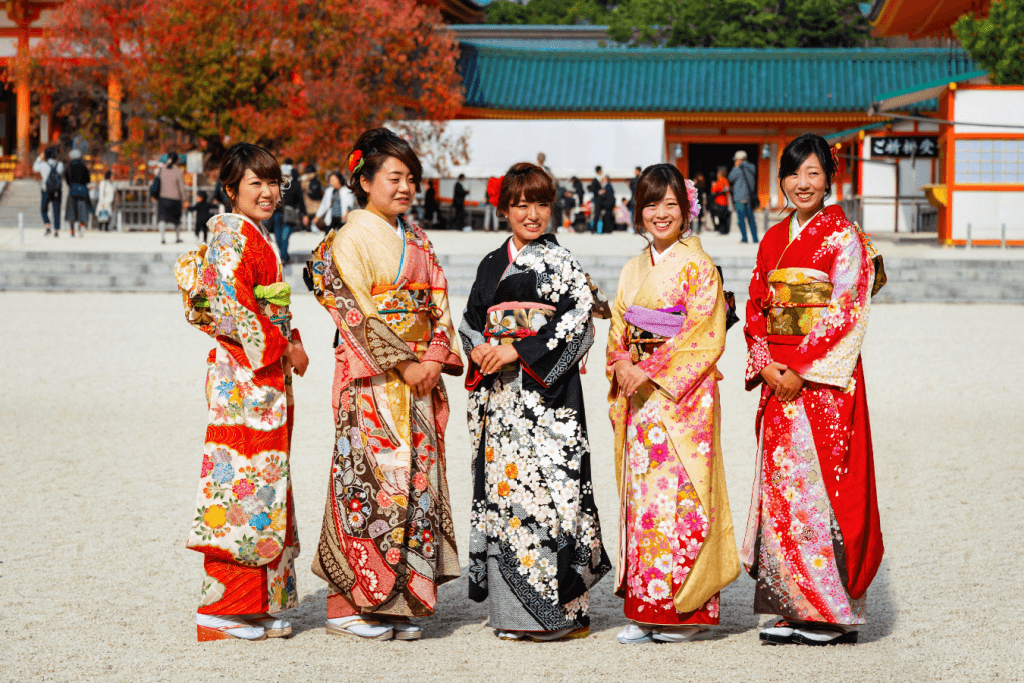
The yukata, on the other hand, is a more recent invention. It first became popular in the Edo period when people began to wear it as a casual summer garment. Men primarily wore them then, but women also began to wear them in the Meiji period (1868-1912). Today, people of all genders wear them, though many designs and colors are often gender-specific.
Are you looking to enjoy and share traditional Japanese snacks this summer? Check out Sakuraco! Sakuraco delivers traditional Japanese snacks, teas, sweets, and snacks from local Japanese makers directly to your door so you can share more of Japan’s rich culture.
Trends
While yukata and kimono are traditional garments, they are still a part of modern Japanese culture. In recent years, there has been a growing trend of younger people wearing yukata and kimono for formal events and as fashion statements.
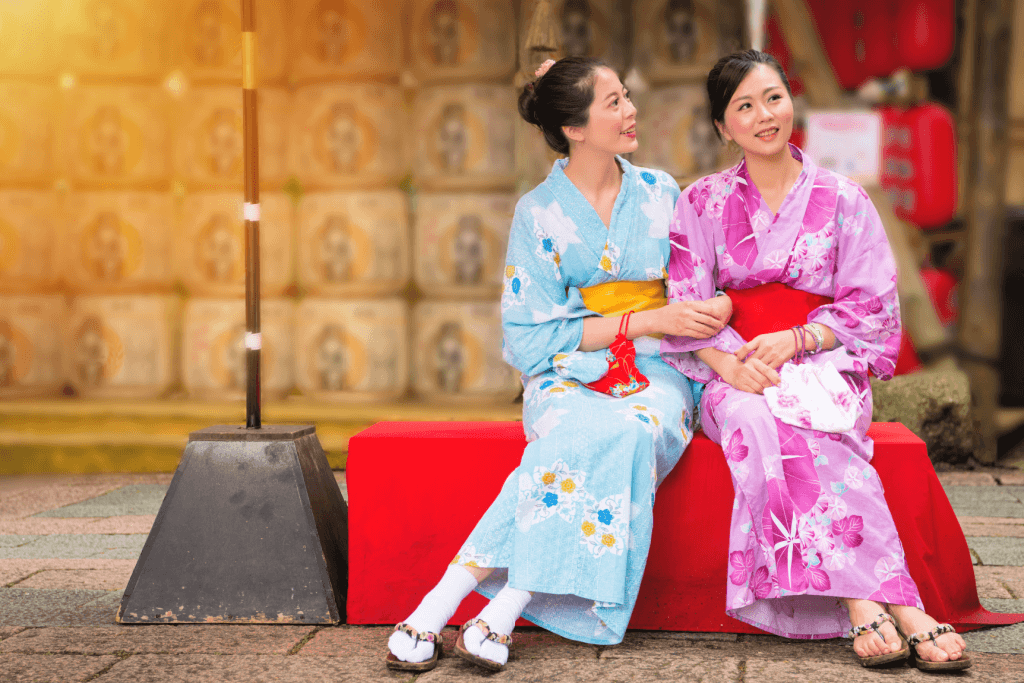
One popular trend is the “modern kimono” look, which takes the traditional garment and updates it with a more modern twist. These designs include pairing a kimono with sneakers or other contemporary accessories. They also include wearing a yukata with a denim jacket instead of the traditional haori jacket.
Another trend is the increasing availability of rental services, which allow people to try on and wear these garments for special occasions without purchasing their own. These services have made traditional Japanese clothing more accessible to people who might not have otherwise had the opportunity to wear it.
What’s the difference between a yukata and a kimono?
If you’re unfamiliar with traditional Japanese clothing, you may wonder about the differences between a yukata and a kimono. As previously mentioned, yukata are for casual outdoor events during the summer, like festivals and fireworks displays.
On the other hand, kimonos are for more formal occasions such as weddings, tea ceremonies, and coming-of-age ceremonies. In terms of appearance, yukata tend to have brighter and bolder patterns, whereas kimonos often feature intricate designs with symbolic meaning.
The fabrics used to make them also differ, with yukata using light and breathable materials like cotton or linen and kimono typically crafted from more luxurious materials such as silk or satin. Another distinguishing feature is the obi, or sash, used to tie the garment. Yukata typically feature a simpler obi tied in a knot at the back, while kimonos often have a more elaborate obi tied in a bow at the back.
Finally, while men and women can wear yukata and kimono, the designs and colors are often gender-specific. Yukata for men typically have more muted colors and simpler designs, while yukata for women are more colorful and have more intricate patterns. Kimonos for women are usually more elaborate and have longer sleeves, whereas kimonos for men are more straightforward and have shorter sleeves.
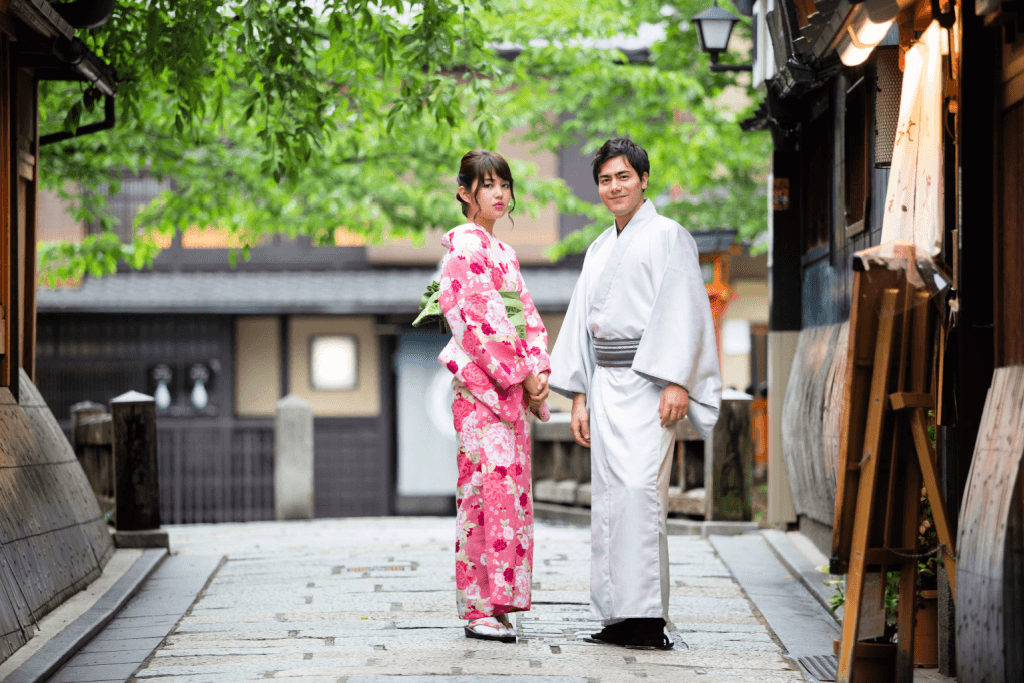
These two garments are the most recognizable and iconic aspects of Japanese culture! While they are both traditional garments, they have distinct differences in design, material, occasion, and gender. Understanding these differences can help you appreciate each garment’s unique beauty and significance, whether wearing one yourself or simply admiring them from afar!
Have you ever worn a kimono? How about a yukata? Let us know in the comments below!

Discover authentic flavors with Sakuraco
Get Sakuraco 

Discover authentic flavors with Sakuraco
Get Sakuraco 
Related Articles

Mount Fuji Snacks That You Need to Try This Summer!
Mount Fuji, Japan’s highest and most iconic peak, has long served as a muse not just for artists and poets, but also for confectioners. Its symmetry and snow-capped grandeur make it an ideal motif for culinary artisans nationwide. These treats capture the spirit of Fuji in edible form, reflecting regional ingredients, seasonal symbolism, and time-honored techniques.

Okinawa City is Home to Southeast Botanical Gardens!
The Southeast Botanical Gardens in Okinawa are one of the island’s most beautiful and relaxing destinations. In Okinawa City, they offer a lush escape filled with tropical plants, ponds, animals, and seasonal displays.

Mount Fuji Tour: Great Adventures Await You This Summer!
Mount Fuji is one of the most famous landmarks in Japan. People worldwide visit to see its beauty and enjoy exciting yearly outdoor activities!

Mikoshi: Why Are These Portable Shrines So Important?
Japan’s summer festivals are known for their energy, color, and tradition. And at the heart of many lies the mikoshi.



